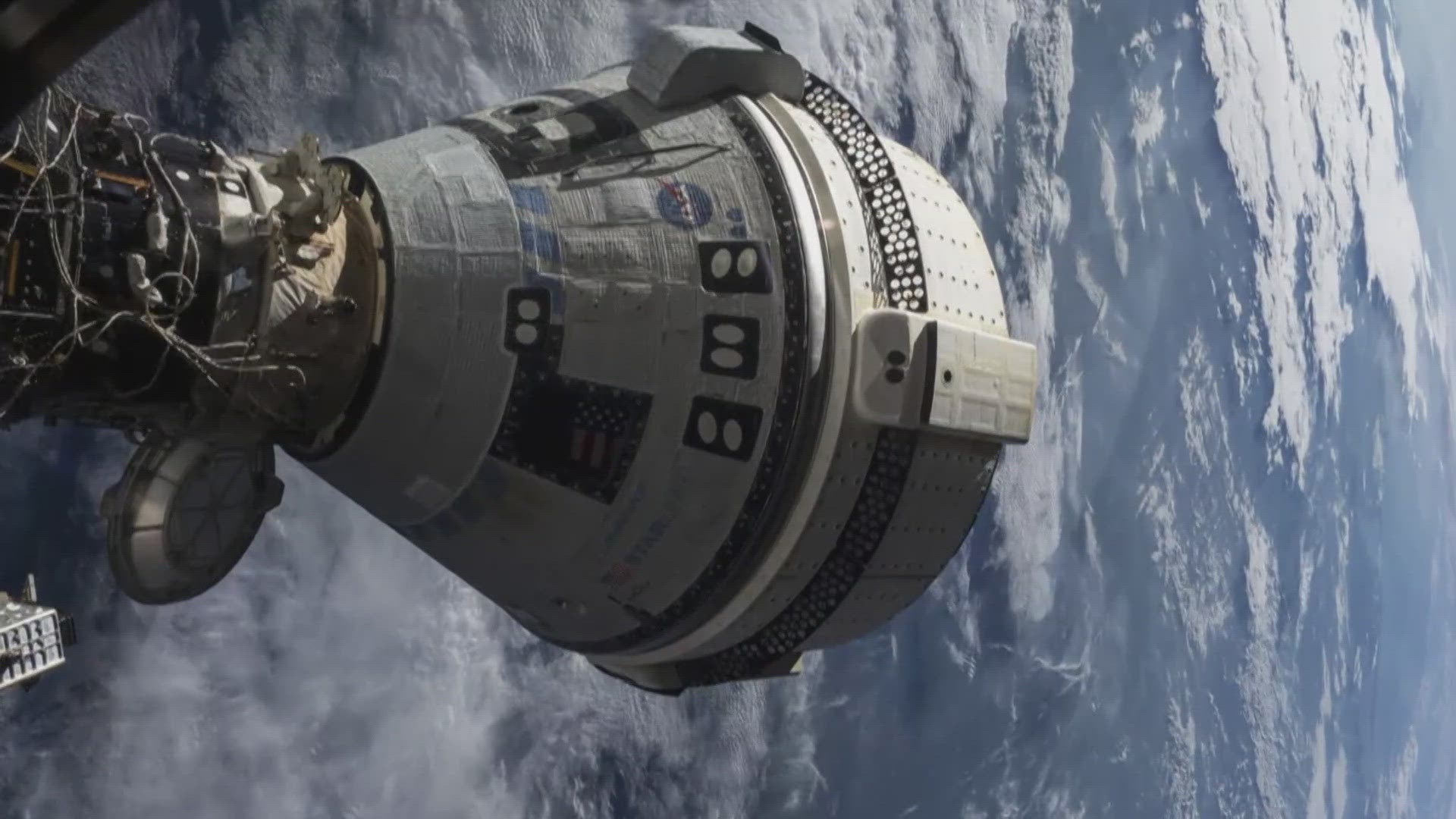HOUSTON — It's been almost a month since the world watched as NASA launched the Artemis 1 mission to the moon. Now, the mission is returning to Earth.
The Orion capsule is set to splash down in the Pacific Ocean on Sunday shortly before noon.
"We are incredibly excited to get to this next phase for the agency, the country and the world," said Chris Hansen, deputy project manager for NASA's EVA Human Surface Mobility Program.
Orion has traveled further than any spacecraft designed to carry humans ever. When it's over, it will have traveled a total of 1.3 million miles. During the journey, it's captured some unbelievable images of the Earth and new perspectives of the moon.
"We've been seeing pictures in history books for decades as we've grown up, and now to see those images from our vehicle is very, very inspiring," said Hansen.
Preparations are well underway now for the next big moment of the mission.
"This mission we haven't finished yet, we need to get the vehicle back, make sure it works, and make sure it's ready for the next step: Actually putting people on board," said Hansen.
The historic splashdown in the Pacific near Guadalupe Island is scheduled for Sunday around 11:40 a.m. It'll be the first time the world sees something like that since the last manned mission in the Apollo program - Apollo 17.
"That's going to be iconic, seeing the vehicles with the chutes, splashing down in the water," said Hansen.
The spacecraft will re-enter the earth's atmosphere traveling at 24,500 miles per hour. It'll be a huge test for NASA, testing Orion's critical heat shield under extreme conditions.
"Testing that heat shield is something we haven't done in a really long time," said Hansen. "It's the most critical part of the re-entry phase for the Orion vehicle."
Once the vehicle splashes into the Pacific, hours of testing will take place before it's ever removed from the water. It will provide key data to help NASA determine if it's ready for Artemis II.
"This really is what tells us we're ready to take the next step," said Hansen. "And the next step is really big. We're putting humans, astronauts on that vehicle and launching them around the moon."
You can watch Artemis 1 mission's return to earth on KHOU.com Sunday.



